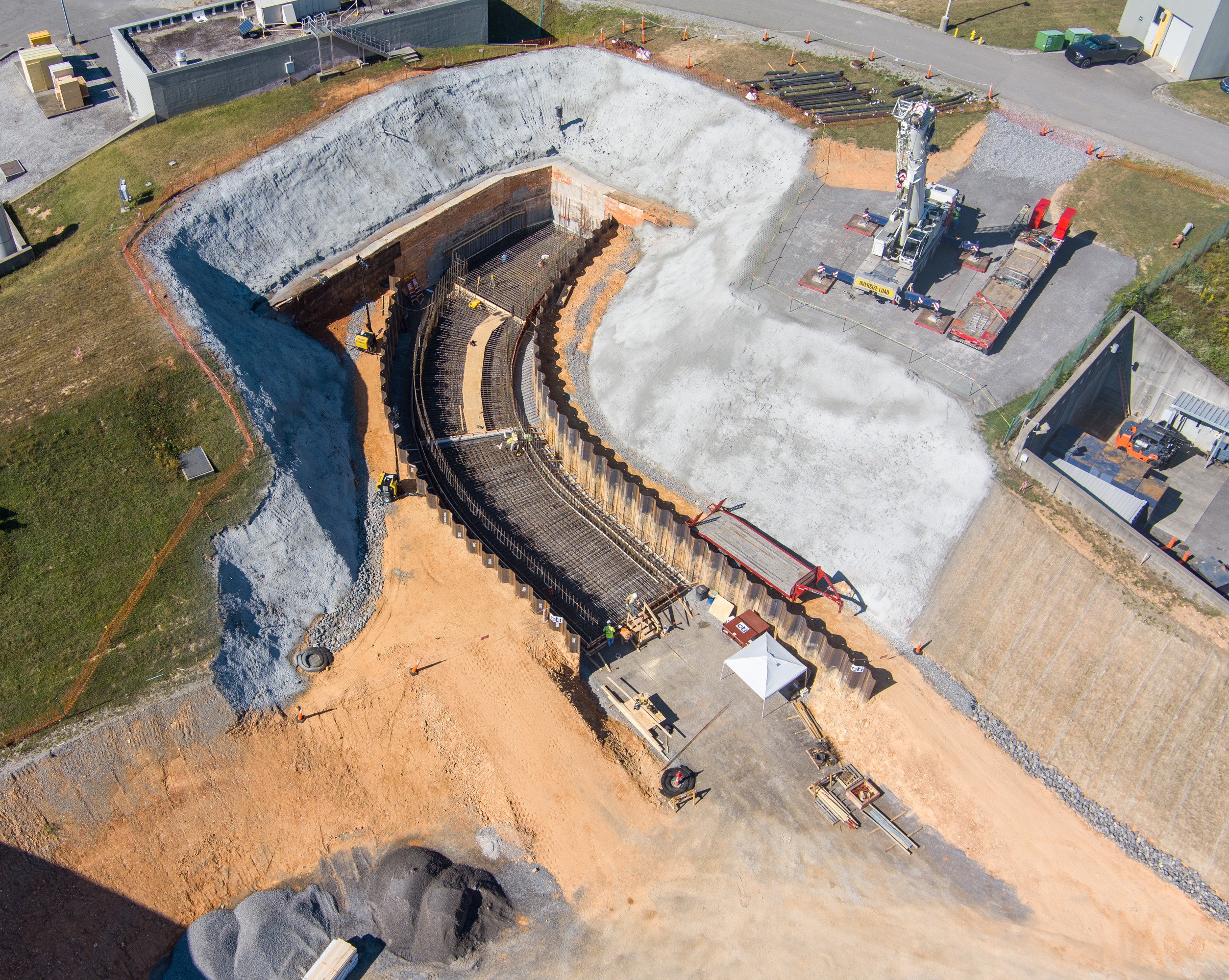Proton Power Upgrade: twice the power to enable unique neutron science
The Spallation Neutron Source and High Flux Isotope Reactor user facilities at ORNL enable scientists to employ the unique properties of neutrons to advance scientific discovery and address some of the most pressing challenges of our time.
The Proton Power Upgrade project doubled the power capability of the Spallation Neutron Source linear accelerator, from 1.4 to 2.8 megawatts, to facilitate new types of experiments and discoveries. Early project completion is planned for 2025. See the 5 year planning schedule for up-to-date projections.
Update (September 2024): The Spallation Neutron Source at Oak Ridge National Laboratory ended its planned hiatus in July 2024 as crews completed the upgrades to the facility. The project included building a connector between the accelerator and the planned Second Target Station at SNS. Workers added about 3,000 square feet of concrete tunnel, which connects to the existing accelerator tunnel. Other construction tasks included associated structures, roofing, geomembrane liner, tunnel waterproofing, electrical, fire alarm, ventilation systems and controls.
The Proton Power Upgrade:
- Provides up to 40% more power to the First Target Station target, delivering more neutrons to accelerate the pace of scientific discovery across a wide range of materials and technologies
- Enables novel neutron experiments, in more extreme environments, using smaller and less-concentrated samples
- Leverages existing ORNL facilities and capabilities for maximum cost-effectiveness
- Will power the Second Target Station to provide the world’s brightest “cold” neutrons and enable studies of more complex materials. STS in turn will provide up to 21 new instrument stations—8 initially—for unprecedented experiments on complex matter with its high-peak brightness beams of “cold” neutrons at high-repetition rates.
Key Proton Power Upgrade project additions and improvements:
- 28 superconducting cavities in 7 cryomodules added to the end of the existing linear accelerator to achieve an energy capability of 1.3 GeV
- 28 high-power, radio-frequency klystrons added to power the new superconducting cavities, as well as upgrades to the existing klystrons
- 3 high-voltage converter modulators added to drive the new klystrons, as well as upgrades to the existing modulators
- 2 injection chicane magnets and 2 injection dump magnets added to the accumulator ring
- Extraction kicker magnets equipped with upgraded power supplies
- Increased First Target Station mercury target capabilities and lifetime using gas injection and jet flow technologies
- A tunnel extension downstream of the ring added to enable the future tie-in of the Second Target Station beam transport line without interrupting First Target Station operations





